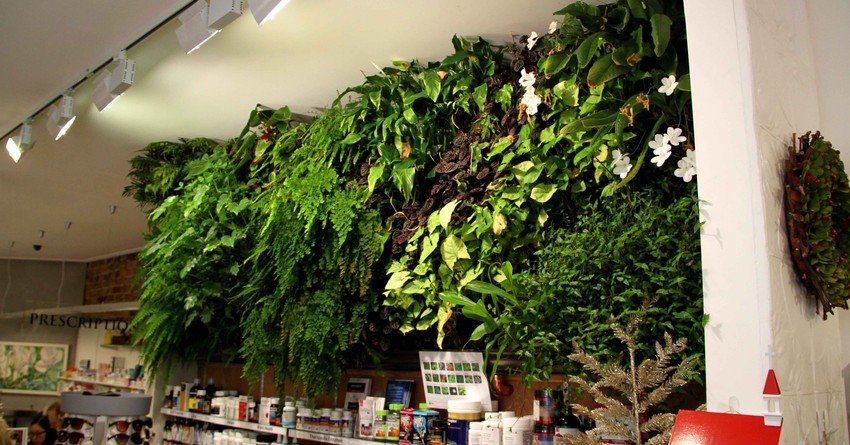
Green walls are a form of vertical garden in which live plants are attached to a frame which integrates a growing medium such as soil, then attached to a wall. They’re suitable for indoor or outdoor use, but the majority of retailers have them inside.
“I can remember the first time I ever saw a green wall in my life, it was in Paris,” says Graham Cleary of Auckland green wall company Natural Habitats. “It just about stopped me in my tracks. When green walls are done right, they’re just mouth-dropping.”
Leading retailers around the globe picked up on the green wall trend around 10 years ago. The largest green wall in the world covers 2,700 square metres and is located in Mexico at the Los Cabos International Convention Center.
Green walls have been gaining momentum in New Zealand over the last two years. Natural Habitats’ most recent installation is at Icebreaker’s new branch at the Riccarton malls, where it’s the first of its kind. It has attracted a lot of attention from the public.

Cleary says green walls have side benefits besides their enormous visual appeal – indoor plants clean the air, and Cleary refers to research showing workers exhibit increased productivity when they’re around plants.
“Those other benefits are overshadowed by the branding, though,” he says.
As consumers become increasingly eco-conscious, retailers can gain significant advantage by branding themselves as “green”. Green walls do this very effectively, Cleary says, listing Britomart as an early innovator in this space: “Smart retailers are doing [green walls] for a reason.”
The green walls offered by Natural Habitats come with automated lighting, fertiliser and water which minimise upkeep, but they do need some extra care. A dead green wall sends a “really bad” message, Cleary agrees, and interior walls need attention to keep insects at bay: “If it’s an interior plant, it’s nice and humid and warm, and bugs love plants.”
Most retail customers go for long-term leases on their green walls, Cleary says. The walls are typically permanent but leasing removes the capital cost.
This article originally appeared on The Register.




